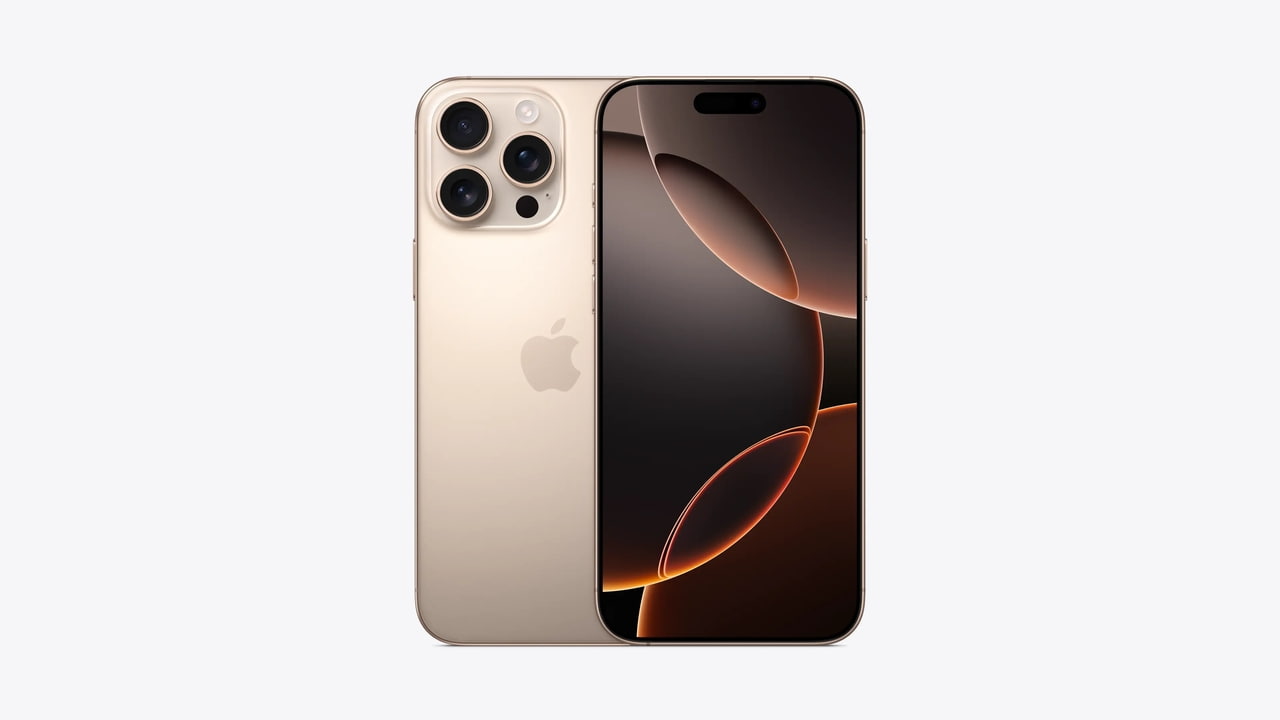Although the iPhone 17 launch is still far away, early rumors suggest that the Pro Max variant may feature a smaller display cutout. According to tipster Digital Chat Station, Apple could introduce a slimmer Dynamic Island by incorporating advanced metalens technology for Face ID. This would reduce the size of the facial recognition components and make the overall display cutout less noticeable, improving the screen-to-body ratio.
Metalenses are ultra-thin optical lenses that utilize nanostructures to manipulate light at a microscopic level. These lenses, composed of materials like titanium dioxide or silicon, can precisely control light’s phase, amplitude, and polarization. By replacing traditional lens stacking, metalenses enable thinner camera modules, allowing for more compact and efficient designs in smartphones and other devices.

The integration of Metalens Face ID is not limited to the iPhone 17 Pro Max. Reports suggest that Apple may extend this technology to future iPad Pro models and even a rumored foldable iPad expected to launch next year. This development could lead to slimmer bezels and enhanced Face ID performance across multiple Apple product lines, improving both design and functionality.
Despite this exciting possibility, another report from renowned Apple analyst Ming-Chi Kuo contradicts the claim, stating that the iPhone 17 series will retain the same Dynamic Island as the iPhone 16. Since these details remain unverified, it is important to approach these rumors with skepticism until more concrete information emerges closer to the iPhone 17’s release.




